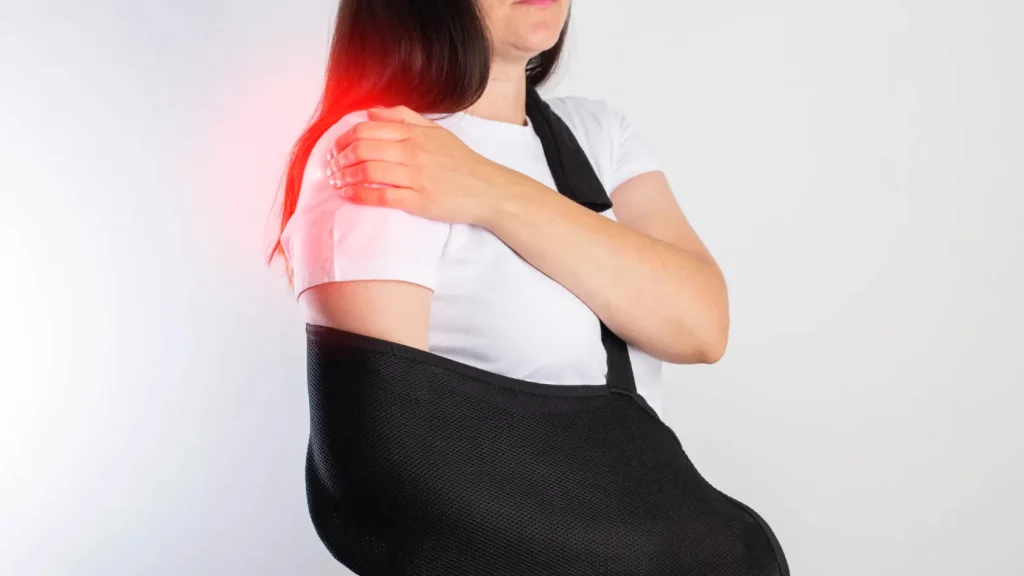What Is a Shoulder Dislocation?
A shoulder dislocation occurs when the humeral head (ball) is forced out of the glenoid (socket) of the shoulder joint. The shoulder is the most mobile joint in the body — and also the most frequently dislocated. This condition is categorized as either:
-
Anterior dislocation (most common, ~95%): humeral head dislocates forward
-
Posterior dislocation: humeral head dislocates backward
-
Inferior or multidirectional dislocation: less common, usually involves ligament laxity
A dislocation can occur once (acute) or recur over time (chronic instability), especially in young athletes.
Causes and Risk Factors
-
Traumatic events such as falls, sports injuries, or motor vehicle accidents
-
Forceful overhead or twisting arm movements
-
Contact sports (e.g., football, hockey, wrestling)
-
Previous dislocations that weaken joint stability
-
Hyperlaxity or connective tissue disorders (e.g., Ehlers-Danlos Syndrome)
-
Muscle imbalances or poor scapular mechanics
Symptoms
-
Sudden, severe shoulder pain at the time of dislocation
-
Visible shoulder deformity (“flattened” deltoid contour)
-
Inability to move the shoulder
-
Swelling and bruising
-
Numbness or tingling (if nerves are affected)
-
Sensation of shoulder “slipping out” with movement (chronic instability)
Diagnosis
-
Physical exam and assessment of shoulder position and deformity
-
X-rays to confirm dislocation direction and rule out fractures
-
MRI or MR arthrogram to evaluate for labral tears or soft tissue damage
-
Neurological exam to assess for nerve involvement
Treatment
Non-Surgical Treatment (Initial Dislocation)
-
Closed reduction: repositioning the shoulder by a trained provider
-
Immobilization in a sling for a few weeks
-
NSAIDs for pain and inflammation
-
Physical therapy to restore strength and prevent recurrence
Surgical Treatment
-
Recommended for patients with:
-
Repeated dislocations
-
Associated labral or bone injuries
-
High-demand athletes with instability
-
-
Arthroscopic labral repair (Bankart repair) is common for anterior instability
-
Latarjet procedure may be used if there is significant bone loss
-
Capsular shift or plication for patients with generalized ligament laxity
Recovery Outlook
-
Initial dislocations treated non-surgically may require 3–6 weeks of rehab
-
Surgical recovery involves a sling for 4–6 weeks, with gradual return to full activity over 4 to 6 months
-
With proper treatment, long-term shoulder function is usually excellent
-
Early surgical intervention may reduce recurrence risk, especially in young athletes
Why Kerlan Jobe Institute?
At Kerlan Jobe Institute, our fellowship-trained shoulder specialists are leaders in arthroscopic shoulder stabilization and individualized care. Whether managing a first-time dislocation or a complex recurrent case, we provide expert diagnosis, tailored rehabilitation, and advanced surgical techniques to restore full function and long-term joint stability.

